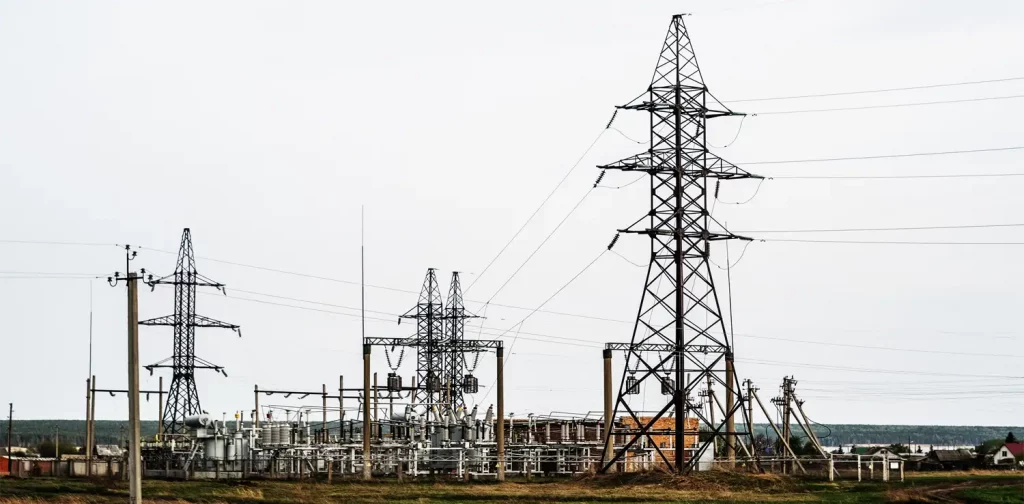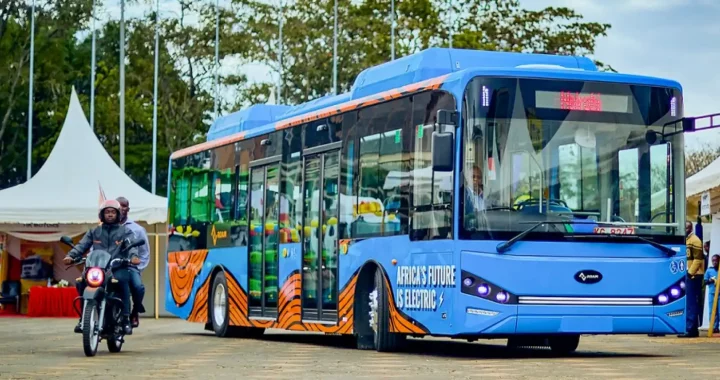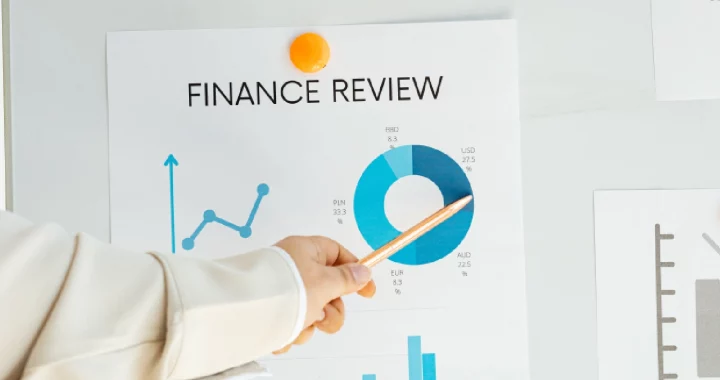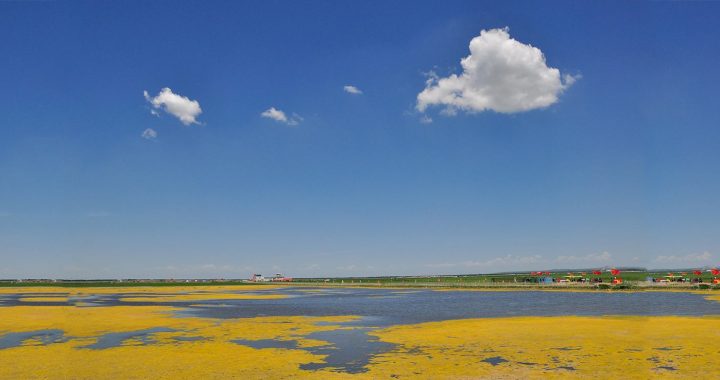Indonesia’s PLN Supplies Six Major Companies with Green Electricity

Photo by Raisa Milova on Unsplash
We need electricity to power our daily activities. However, there are growing concerns about the environmentally harmful way electricity is generated. The need for renewable energy is crucial now more than ever.
In Indonesia, the nation’s electricity provider PT PLN (Persero) has started to transition towards new renewable energy (EBT). On March 25, the company signed a contract to supply renewable power for six significant players from the industrial sector, H&M Indonesia, PT Goto Gojek Tokopedia, PT Stargate Mineral Asia, PT Toyota Motor Manufacturing Indonesia, PT Georg Fischer Indonesia, and the Bogor Presidential Palace.
800,000 MWh of electricity
PLN will distribute the electricity through the purchase of a Renewable Energy Certificate (REC) of 800,000 MWh. The certificate will prove that a company uses electricity from renewable energy. The certificate also confirms that collaborations from different sectors currently support the government’s mission to reduce carbon emissions.
PLN believes that within 1-5 years of cooperation, the REC purchase can benefit customers. For instance, GoTo is Indonesia’s most prominent digital consumer platform. By using the platform whose electricity is sourced from renewable energy power plants, the consumers also participate in reducing carbon emissions.
“Customers get a procurement option to fulfill the target of 100 percent use of NRE that is transparent and internationally recognized and without spending investment costs for infrastructure development,” said Darmawan, the President Director of PLN, to VOI.
PLN’s 2022 target
As the primary electricity provider in Indonesia, PLN sets the 2022 goal for renewable energy. The company plans to add the capacity of renewable energy plants by 648 megawatts (MW) this year. The plants are powered by various sources, namely solar, geothermal, wind, and waste-to-energy plants.
In 2026, PLN also plans to move from steam-electric power stations to renewable energy power plants that can continuously generate electricity (baseload). The transition will be done gradually by increasing the capacity each year until 2030. The shifts are created to reach the goal of zero-emission, which is one of the goals of the G20.
Editor: Nazalea Kusuma
Kresentia Madina
Madina adalah Asisten Manajer Publikasi Digital di Green Network Asia. Ia adalah lulusan Program Studi Sastra Inggris dari Universitas Indonesia. Madina memiliki 3 tahun pengalaman profesional dalam publikasi digital internasional, program, dan kemitraan GNA, khususnya dalam isu-isu sosial dan budaya.

 Test Custom Feature Image
Test Custom Feature Image  Electric Vehicles Roam the Roads of Kenya
Electric Vehicles Roam the Roads of Kenya  FedEx Engages Employees with Beach Clean-Up Initiative
FedEx Engages Employees with Beach Clean-Up Initiative  Come Back Stronger: Building Philippines’ Resilient Economy Post-COVID-19
Come Back Stronger: Building Philippines’ Resilient Economy Post-COVID-19  Inside Experian’s Sustainability Journey: An Interview with Chief Sustainability Officer Abigail Lovell
Inside Experian’s Sustainability Journey: An Interview with Chief Sustainability Officer Abigail Lovell  5 Food System Actors That Have Taken the 123 Pledge to Reduce Food Loss & Waste
5 Food System Actors That Have Taken the 123 Pledge to Reduce Food Loss & Waste  Test premium post
Test premium post